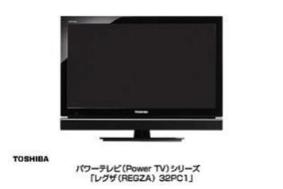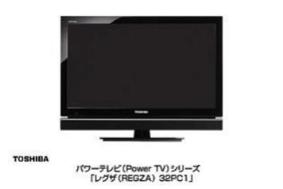JAPAN: Toshiba rolls out TVs for emerging markets, could be going for Google TV in established territories
New models announced for ASEAN countries feature two-hour battery back-up, while senior exec says if it goes Google it will start in the States


It has a flagship 55in model, the 55ZL800, inspired by ist Cell Regza models and using an all-new CEVO Engine processor, and ultraslim Regza WL700 3D models in both 46in and 55in sizes.
The WL700s, with industrial design shared between Toshiba's in-house team and Jacob Jensen Design, are just 29mm deep and have a bezel-free screen. They're said to be the first 3D LED TVs in the ASEAN market.
And there's a practical twist to the company's line-up for these countries: its new Power TV range, available in 24in and 32in versions, comes complete with an onboard rechargeable battery, able to give two hours' viewing.
No, they're not designed as portables: rather the battery is there to ensure buyers can keep on viewing in the event of power cuts, which are common in countries where the power supply is unstable, such as Vietnam and Indonesia.
The idea is that the battery is kept topped-up all the time there is power, so that if there's a supply failure, the TV has enough juice to watch the end of that vital football match.
The 24in model is expected to sell for around Y25,000, or just under £200.
The TVs also have a built-in signal booster, for use in poor reception areas, and 'Auto View', which optimises picture settings according to the ambient light levels, both for the best picture and to achieve power savings.
The ASEAN market for LCD TVs is expected to increase by almost 60% to 5.7m units in the current financial year, and to 6.2m in next year. Toshiba hopes its new models will help it double its sales in those countries, to 20%.
And with 60% of TV viewers in the ASEAN market still watching CRT sets, there's clearly an opportunity to be grasped: market research suggests that both LG and Samsung currently sell around 50% of their total LCD TV output in that part of the world.
Success in the ASEAN countries would help make up for sales falls in Toshiba's home market, Japan: currently buoyed by soon-to-expire government incentives and running at record levels, they're expected to fall by anything up to a half next year, according to Masaaki Oosumi, who heads Toshiba's Visual Products Company.
This thinking is also behind talks Toshiba is having with Egyptian manufacturer El Araby, expected to create a joint venture able to make 1m LCD TVs a year for the Middle Eastern and African markets. It's said the facility could be onstream as soon as March next year.
Finally, Oosumi has also suggested that the company is considering launching internet-enabled TVs using the Google TV platform, following in the footsteps of Sony, which already has Google TV sets available in the States.
Oosumi says the company has not yet made any specific launch plans, but added that if it does go down this route, 'we would sell it first in the US market.'
Follow whathifi.com on Twitter
Join whathifi.com on Facebook
Get the What Hi-Fi? Newsletter
The latest hi-fi, home cinema and tech news, reviews, buying advice and deals, direct to your inbox.
